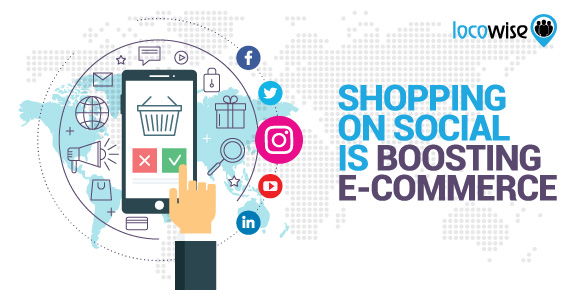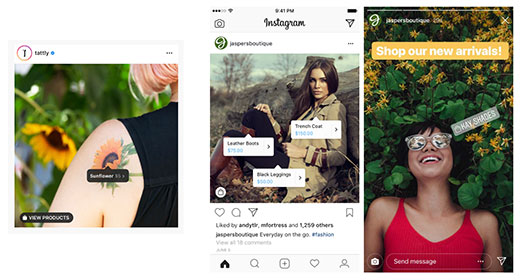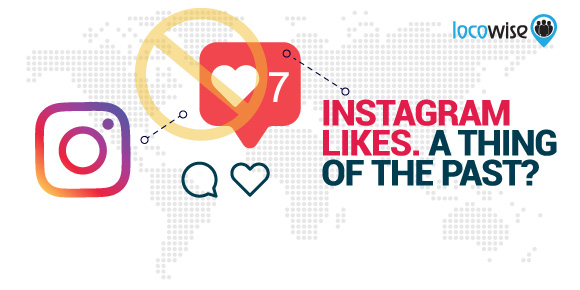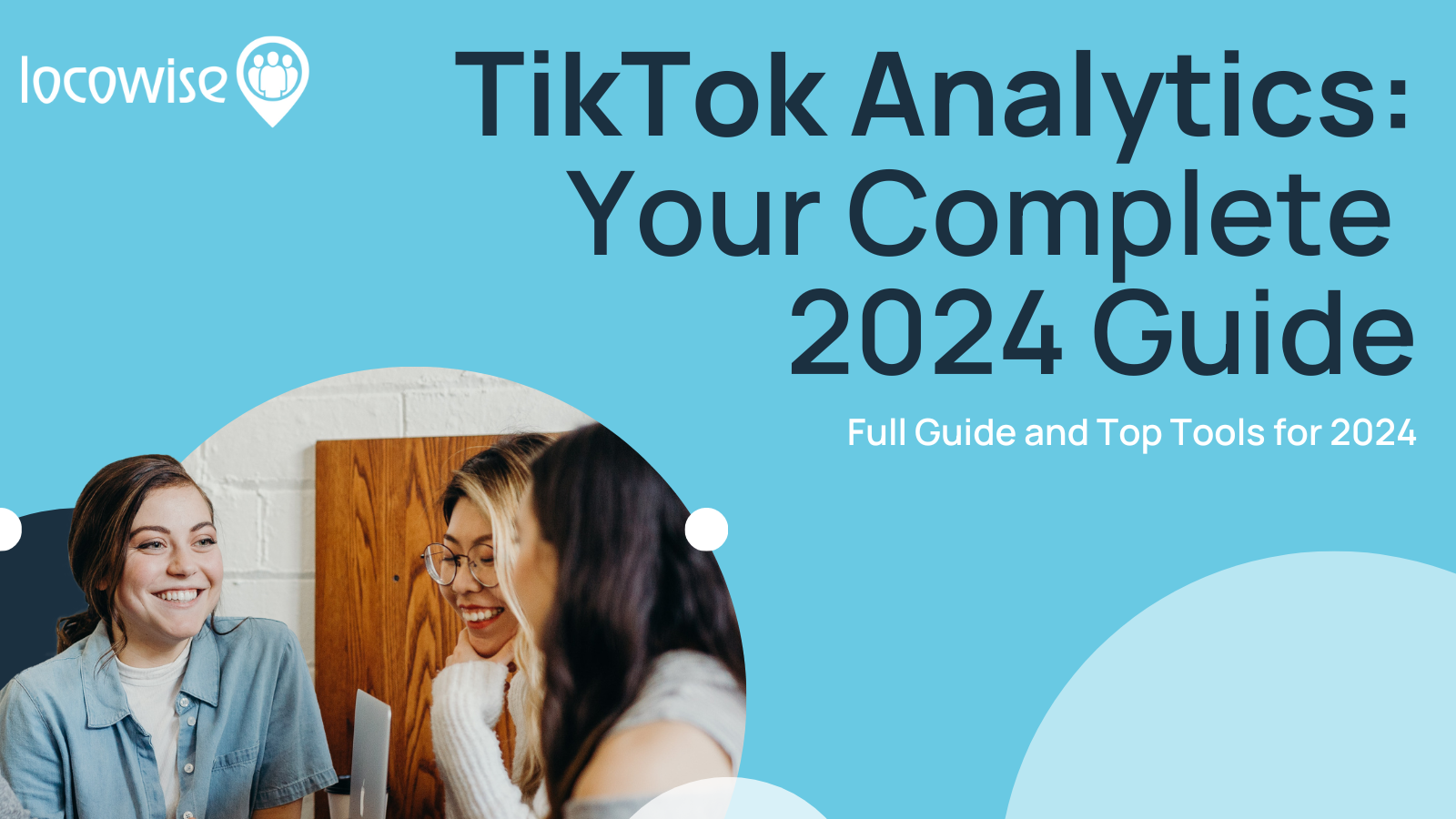How Social Media Helps You Shop
Sahail Ashraf posted on 17 March 2020
We all know there can be huge frustrations with shopping in the real world. There are queues, stress, and the constant annoyance of items not being in stock. Then there is buying online, which has non-immediate gratification as the only drawback (although many things can now be bought instantly).
Sometimes it is hard to understand why people would want to do anything other than shop online. The experience is quick, efficient, and it even cuts down on your carbon footprint.
We thought we would take a look at what online shopping looks like right now, especially in the context of the buying spree madness that is the holiday season and the sales extravaganza that is post-Christmas.

So what is it like right now?
Online shopping is only going to get bigger and more efficient. This is a situation that has been recognised most starkly on the high street, where ‘bricks and mortar’ stores are falling in number, as online shopping becomes easier and more convenient.
During the holidays, it is often preferable (and easier) to jump online and buy presents via Amazon, as well as on social media channels such as Instagram, which has perhaps become the premier online storefront. Avoiding queues and wait times makes perfect sense, and if you know what you want to buy, why not do it from the comfort of your own home?
A recent report, referenced in The Guardian newspaper, focused on the fact that online retail is going to grow much bigger than perhaps anyone ever expected it to. It suggests that 53% of retail sales will be online in 10 years time. By 2028, that will mean real world stores will have had to drastically alter the way they manage their own growth. The report also suggests that 1 in 10 people intend to shop more online in the year ahead.

Only on Instagram?
Instagram is perhaps the most obvious platform that does the most important stuff in online shopping. It makes it ridiculously easy to shop, and it also presents products in an attractive, and easy to navigate way. This shopping experience is fluid and easy.
Around 60% of people say they discover new products on Instagram. It’s bright, has attractive imagery (presuming of course that brands are making their posts attractive) and it literally allows you to select items and buy items on the screen in front of you.
But of course it’s not just Instagram that is doing this. On Facebook (which, okay, owns Instagram) you can pretty much do the same thing. Find a product you like and tap on it.Then go to purchase the same product all while staying in the app you saw the product on in the first place.

The social proof thing
At the same time as you being able to shop inside an app (something that was unthinkable only a few years ago) you can also find much more ‘social proof’ and authenticity. You can read reviews in an app (something you can’t necessarily do while shopping in a store) and also find recommendations from people you trust or people who are like you. This adds up to a whole lot of weight when it comes to a purchasing decision. People will buy from brands that their friends recommend, or brands that people like them shop with.
The beauty of social media is that it allows for instantaneous social proof, simply because it is common for products to have a group of reviews very near to their product description on social media. In fact, everything you could possibly need for a buying decision is there in front of you. Some brands even utilise personalised shopping assistant bots on social to make the experience even more tailored.
So we have a tailored experience (social media excels at data collection) and a fast and easy experience. Is social media shopping capable of being any better?
Well actually, it is.
Augmented Reality
While this particular phase of social media shopping is yet to mature, it is already allowing people to gain a more exciting and informative experience. Being able to ‘see’ how shoes look on you, for example, makes for a positive shopping experience, and also pushes buyers along the shopping ‘journey’. More importantly, it brings a little of the real world experience onto social.
One of the last major hurdles for social media shopping is the real world experience. People, understandably, still say they like to be able to touch and see products in front of them. The use of Augmented Reality (AR) is helping this to happen online.
Recent campaigns by sportswear brands have shown that AR can add a new layer to the rich social media shopping experience. With platforms that are already highly visual, such as Instagram, being able to see products as part of AR actually move and appear in the real world is a step closer to the real world retail experience.

So where next?
It’s hard to miss the inevitable conclusion here. Social media shopping is simply easier than real world shopping. There are many aspects of real world shopping that simply do not pose a threat to the online experience. And we think that as AR becomes more widespread, it will be even easier to say that social simply makes more sense.
With the ease of use aspect, the recent holiday experience in retail will have been even quicker and simpler. Going online to literally ‘fill a list’ of gifts is something that is now almost effortless. And with a technology that allows for in-app purchases, the sky’s the limit.
If you’re selling anything on social, maybe it’s time you got on top of it all. Try Locowise, we will even give you a free week to make your social media metrics even sweeter.





